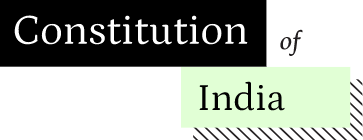Sir, the observation from an honourable Friend, who is closely associated with the honourable Member in charge of this Bill created some kind of consternation in our mind. His idea seems to be that the scale of representation could vary according to different parts of the country because some parts are well developed from the point of view of communications and others are not. This means that according to his idea–which, I believe, will catch the official mind, and I do not know whether it is a reflection on the official mind–that where 50,000 people can have representation by one Member, in another area 1,20,000 people will have one seat. This would be the height of injustice. Democracy demands that one man/one vote should have an equal value. There is a differentiation in value if 50,000 people are asked to elect one man and 1,20,000 people are also asked to elect only one man. There is a lot of difference. Therefore, that will cause great discontent in the whole of East Punjab and West Bengal. This discontent borders on bitterness and I ask the Honourable the sponsor of this Bill, Dr. Ambedkar, to take steps to see how this can be eliminated so that we can go on in this business with perfect amity, concord and goodwill. Let no sense of rankling injustice be left in the minds of those who are clamoring for this bare modicum of justice. These two amendments provide that not only shall this representation be based on the figures of population but these figures must be the latest figures from a census to be held for the purpose, be it even an ad hoc census. In any case the census figures of 1941 will be no index of the real population of these areas. There has been a considerable change. That is one point.
